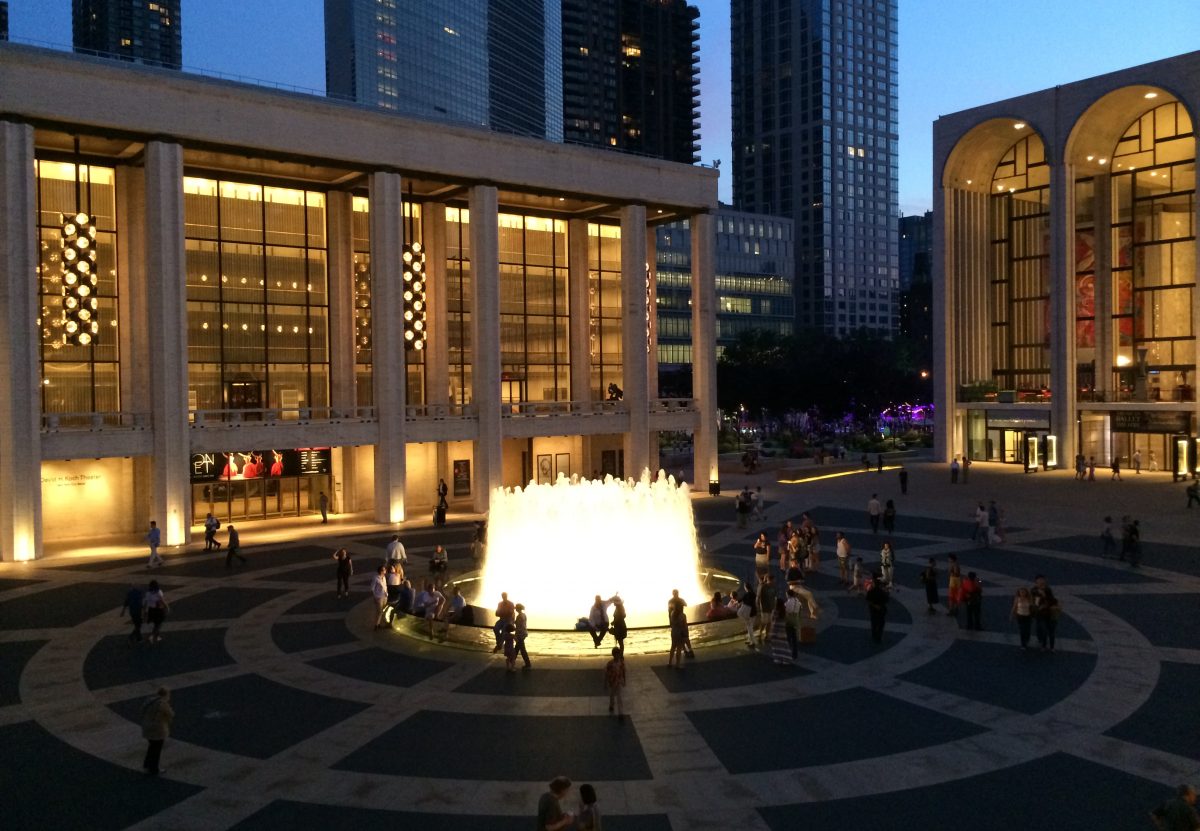Broadway theaters have been assiduous about promoting their value to New York City’s economy, releasing annual reports and other data on their audiences’ ticket-buying habits, demographics and consumer preferences. These are then used as evidence of Broadway’s role as a major economic engine, helping advocates lobby city and state governments for tax breaks and other incentives.
Taking a page from the Broadway playbook, Lincoln Center on Monday published its own impact report, which measures the economic effects of its 11 constituent organizations. As a whole, the center says it contributed $2.4 billion to the city’s economy in 2015, and generated 15,802 jobs. Tourists reported in surveys that visiting Lincoln Center was a “very important reason” for their trips to New York City, where they spent $669.8 million.
It should be noted that local residents still make up the vast majority of Lincoln Center’s audience base. Some 75% of Lincoln Center attendees are either from New York City (51%) or the suburbs (24%). Visitors from elsewhere in the U.S. purchased 16% of tickets and tourists from abroad accounted for 9% (by contrast, tourists account for nearly 67% of Broadway ticket sales).
[How NYC concert halls score on TripAdvisor]
But the bigger message Lincoln Center wants to emphasize with the report is one of accessibility, stating in a press release that one-third of its 4.5 million attendees last year took advantage of free events at the complex (the free New York Public Library for the Performing Arts admissions comprised a further 11% of the overall pie). As the New York Times reports, this data will have policy ramifications as Lincoln Center may seek city support in the renovation of David Geffen Hall, which is expected to begin in 2019 and cost more than $500 million.
These are trying times for large arts complexes, and so far, the Bill de Blasio administration has signaled a greater interest in grassroots arts groups in the boroughs, which don’t attract major media interest and big-name donors. This new data should help bolster Lincoln Center’s case for future funding and support.








Leave a Reply